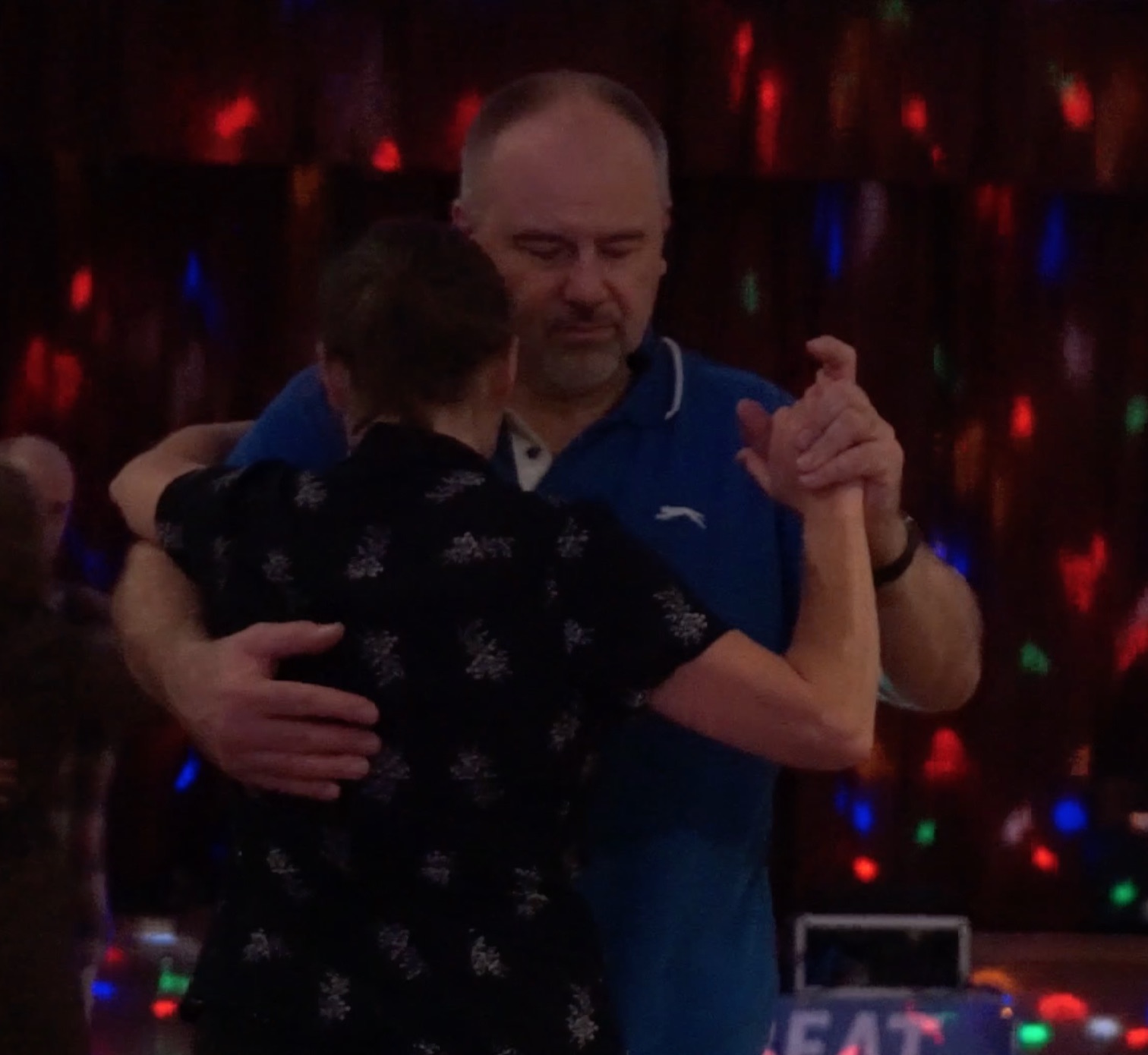
Argentine tango is a smooth and expressive dance that is a perfect complement to any freestyle event when you want to slow the pace down a little, and it can be danced to a surprisingly wide range of music.
Argentine Tango has been growing in popularity in the UK over the last few years, and where a decade ago you might be lucky to find one milonga (a tango social dance evening) in your area per month, now in some places you may well find one or more per week. Most of these will be traditional in format and in the music played, and classes often follow this traditional style as well. They use traditional teaching methods and an emphasis placed on dancing to the music from the "Golden Age" of tango. But not everyone does things this way...
Nuevo
Just like any other dance form, Tango has adapted and changed dramatically in the years since it first appeared (more about that in this blog post here), but it is still tango however you dance it. What has changed the most though is the adoption of a modern teaching style that breaks down the dance into manageable chunks much more than the traditional approach, and the use of modern music that many call "non-tango music" in che classes and social events.
This approach is commonly known as 'Nuevo', and although you may find some people disagreeing slightly on the details of what "Nuevo" actually means, it is generally agreed that if you see a class advertised as 'Nuevo' then it will probably feature a modern teaching style that explains how things work rather than just expecting you to copy what you see.
But however you learn it, tango remains tango. Yes there are a wide range of styles in the dance, and different people will lead and follow in different ways, but the fundamentals of the dance remain the same however it is taught. Sometimes it seems as though there are as many different styles of tango as there are tango dance teachers, but somehow we all manage to dance with each other - even if sometimes it takes a dance or two to adjust to each other's styles. Modern, traditional, nuevo, salon, neo... every version of tango looks subtly different and has its own take on the dancing environment, but the similarities are greater than the differences, so the hold, the connection, the balance, and the lead and follow used in this unique dance are fundamentally the same whatever style you end up dancing.
The Class
Our tango classes are split into two parts, starting with a Beginners' class, then moving on to an Improvers or Intermediate class straight after. We don't grade you; there are no assessments to pass or exams to take before you can move up from one to the next. But we do stress over and over again that the fundamentals are the hardest part to learn, and that whilst you are free to try the Improvers' class whenever you feel ready, until you have a good grasp of the fundamentals you may well find the next class frustrating as you won't know why things aren't working.
Beginners
In this class, we focus on the fundamentals of tango. Whereas some other dances are all about the steps or string together a sequence of moves, tango is based on connection, position, weight, axis, frame... all things that can be hard to learn out of context. To make it more approachable, therefore, we teach it using exercises and routines that help you to pick up those concepts by doing.
All our Beginners' classes are suitable for absolute first-timers, and you do not need to bring a partner. We rotate the classes so that everyone gets a chance to dance with everyone else, as this is the quickest way to learn and to avoid bad dance habits.
Improvers
The Improvers' classes are a little more variable than the Beginners' classes, as we tend to look at different things every week. Some weeks we will focus on specific parts of tango technique, whereas in other weeks we may introduce or re-visit one of the more complicated moves or sequences that make tango so recognisable.
Practice Session
After the classes there is always a time to practice what you have learned, as well as ask questions and get one-to-one help for anything you did not understand.



